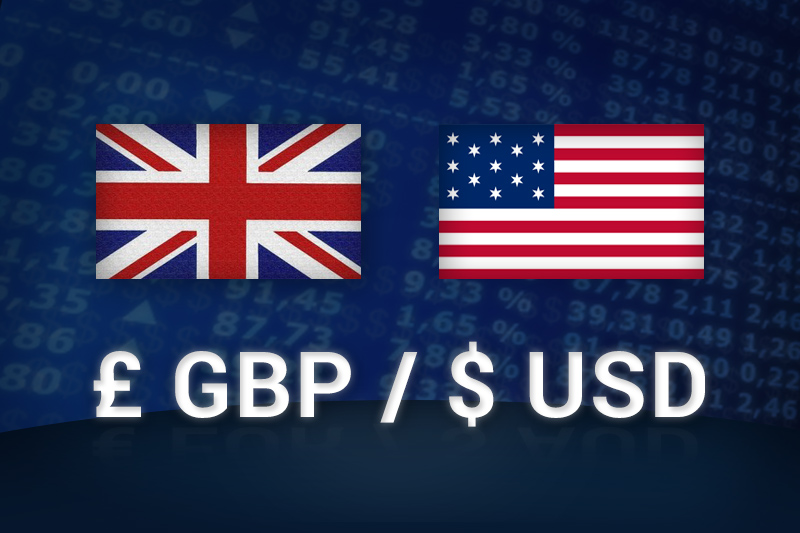Investing.com - The pound was steady against the U.S. dollar on Tuesday, hovering close to a two-month low as sustained concerns over the debt crisis in the euro zone weighed on risk sentiment while disappointing U.S. economic reports pressured the greenback.
GBP/USD hit 1.5639 during U.S. morning trade, the pair’s lowest since March 15; the pair subsequently consolidated at 1.5698, easing up 0.03%.
Cable was likely to find support at 1.5620, the low of March 13 and resistance at 1.5770, Wednesday’s high.
The pound slightly strengthened against the dollar after official data showed that U.S. core durable goods orders fell 0.6% in April, dropping for the second consecutive month and defying expectations for a 0.9% gain.
Meanwhile, a separate report by the U.S. Department of Labor said the number of individuals filing for initial jobless benefits in the week ending May 19 fell to 370,000, in line with expectations.
But sterling remained vulnerable after U.K. data showed that the economy shrank more than initially estimated in the first three months of 2012, driven by the sharpest quarterly contraction in construction since the first quarter of 2009.
The Office for National Statistics said gross domestic product contracted at a seasonally adjusted rate of 0.3% during the first quarter, compared to preliminary estimate of 0.2%.
Analysts expected U.K. GDP to remain unchanged from the preliminary estimate.
Sentiment weakened broadly earlier, after data showed that manufacturing activity in the euro zone contracted at the fastest pace since June 2009 in May, while service sector activity shrank at the steepest pace in seven months.
Investors were also cautious after Wednesday’s summit of European Union leaders shed no new light on how the euro zone nations intend to tackle their debt crisis, including the threat of Greece's possible exit from the monetary union.
Elsewhere, the pound was steady against the euro with EUR/GBP inching 0.07% lower, to hit 0.8012.
Also Thursday, German manufacturing activity slowed to the lowest level in almost three years in May, sparking fresh fears over the impact of the euro zone debt crisis on the region’s largest economy.
GBP/USD hit 1.5639 during U.S. morning trade, the pair’s lowest since March 15; the pair subsequently consolidated at 1.5698, easing up 0.03%.
Cable was likely to find support at 1.5620, the low of March 13 and resistance at 1.5770, Wednesday’s high.
The pound slightly strengthened against the dollar after official data showed that U.S. core durable goods orders fell 0.6% in April, dropping for the second consecutive month and defying expectations for a 0.9% gain.
Meanwhile, a separate report by the U.S. Department of Labor said the number of individuals filing for initial jobless benefits in the week ending May 19 fell to 370,000, in line with expectations.
But sterling remained vulnerable after U.K. data showed that the economy shrank more than initially estimated in the first three months of 2012, driven by the sharpest quarterly contraction in construction since the first quarter of 2009.
The Office for National Statistics said gross domestic product contracted at a seasonally adjusted rate of 0.3% during the first quarter, compared to preliminary estimate of 0.2%.
Analysts expected U.K. GDP to remain unchanged from the preliminary estimate.
Sentiment weakened broadly earlier, after data showed that manufacturing activity in the euro zone contracted at the fastest pace since June 2009 in May, while service sector activity shrank at the steepest pace in seven months.
Investors were also cautious after Wednesday’s summit of European Union leaders shed no new light on how the euro zone nations intend to tackle their debt crisis, including the threat of Greece's possible exit from the monetary union.
Elsewhere, the pound was steady against the euro with EUR/GBP inching 0.07% lower, to hit 0.8012.
Also Thursday, German manufacturing activity slowed to the lowest level in almost three years in May, sparking fresh fears over the impact of the euro zone debt crisis on the region’s largest economy.
